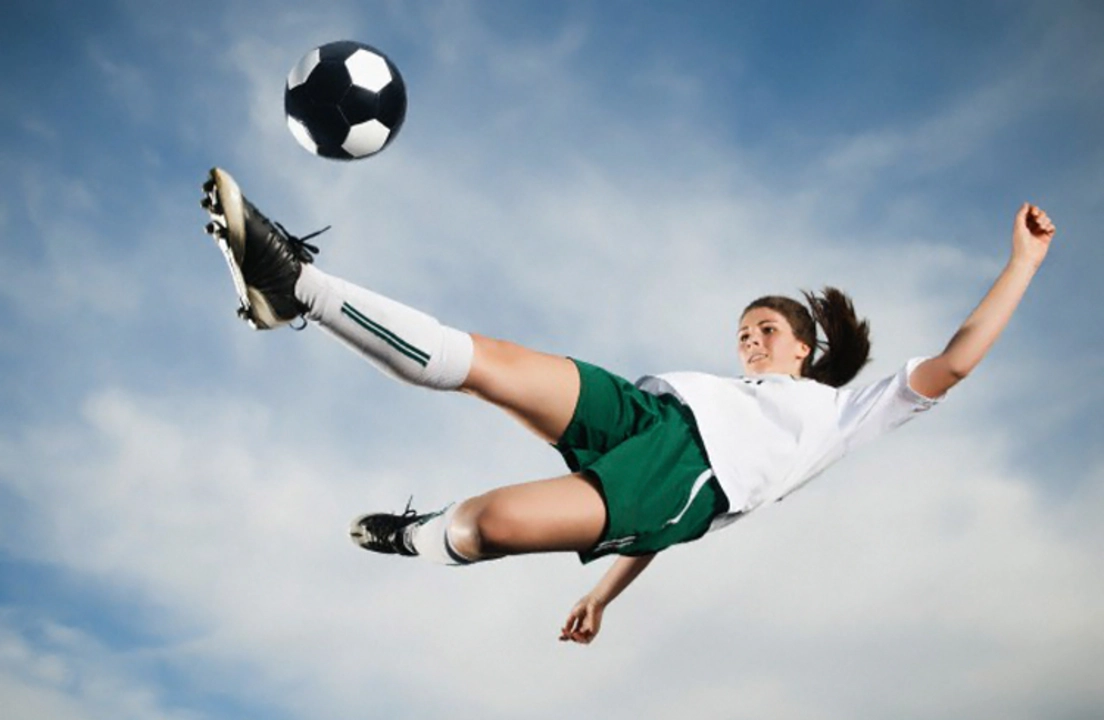Energy Transfer in Soccer: How Power Moves the Ball
Ever wonder why some kicks feel like fireworks and others barely move the ball? The secret is energy transfer. When you swing your foot, you move energy from your muscles to the ball. The smoother the transfer, the faster and more accurate the shot.
What makes good energy transfer?
First, your body needs a solid base. Plant your standing foot beside the ball, keep it firm on the ground, and bend your knees a little. This stance lets you push off with the right amount of force. Next, think about timing. Your swing should start low, rise through the ball, and finish high. That motion lets the energy flow without getting lost.
Another key part is the point of contact. Hitting the ball in the middle (the sweet spot) sends most of the energy straight forward. If you brush the side, you lose power and get a curve instead. So practice finding the center of the ball with a light tap before you go full strength.
Simple drills to improve your transfer
1. Wall pass drill: Stand a few meters from a wall and pass the ball hard against it. Watch how the ball comes back. This forces you to use a firm base and a clean swing.
2. One‑foot kick: Use only your standing foot to kick a stationary ball. It feels odd, but it trains you to use your whole leg, not just the ankle.
3. Slow‑motion kicks: Slow the motion down in front of a mirror. See if your foot follows a straight line and if your hips rotate with the kick. Small adjustments here add big gains in power.
Remember, energy isn’t magic. It’s just the force your muscles create. The better you control that force, the more it shows up in your shots.
Finally, stay relaxed. Tension in the body steals energy. Take a deep breath, swing, and let the power flow. The next time you line up for a free‑kick, think about the chain – foot, leg, hips, ground – and watch the ball fly farther.
What happens to energy when Sally kicks a soccer ball?
When Sally kicks a soccer ball, she transfers her energy to the ball in the form of kinetic energy. The ball then moves through the air, and its kinetic energy is converted to potential energy as it reaches its highest point. As the ball falls back down, the potential energy is once again transformed back into kinetic energy. Some of this energy is lost as heat due to air resistance, which causes the ball to eventually come to a stop. Overall, this process demonstrates the conservation of energy, as it's simply transformed from one form to another during the kick.



